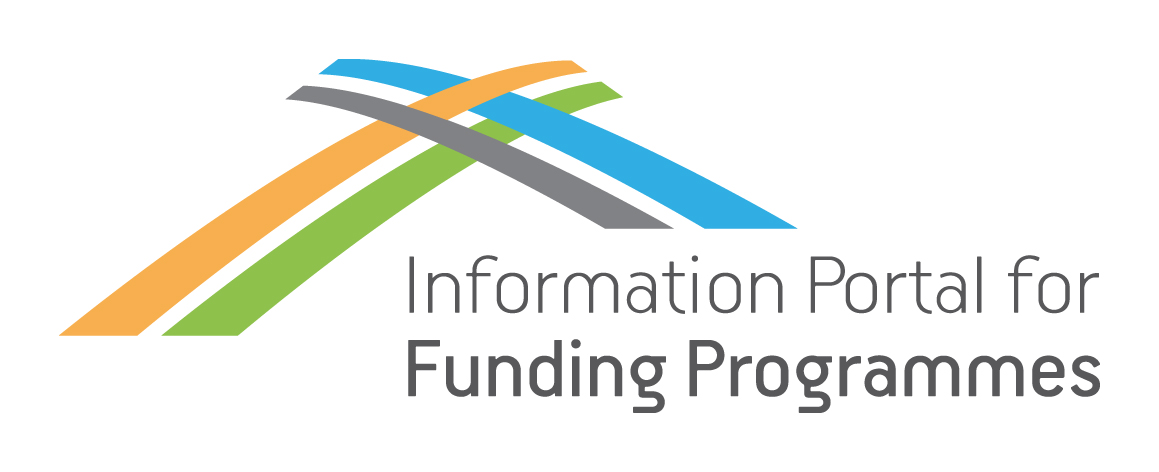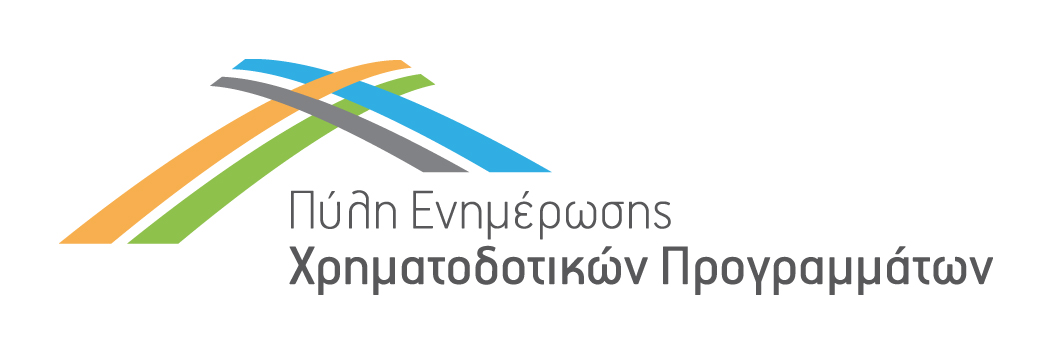Programme Category
Programme Name
Programme Description
The general objective of the Union Civil Protection Mechanism (‘Mechanism’ or ‘UCPM’) is to strengthen the cooperation between the Union and the Member States and to facilitate coordination in the field of civil protection in order to improve the effectiveness of systems for preventing, preparing for and responding to natural and man-made disasters.
Identifier Code
Call
Summary
The overall objective of the Union Civil Protection Mechanism (UCPM) is to strengthen the cooperation among Member States in the field of civil protection to facilitate coordination to improve the effectiveness of system for preventing, preparing for, and responding to disasters. Any country in the world overwhelmed by a disaster can call on the UCPM for support. By pooling the civil protection capabilities of the Member States, the UCPM can ensure better protection primarily of people, but also of the natural and cultural environment and of property, thereby contributing to more resilient societies.
The general objective of the projects within the topic ”Prevention and Preparedness Projects” is to enhance collaboration and cooperation on these phases of the DRM cycle among Member States and between the UCPM and third countries. These projects should seek to strengthen efforts in preventing disasters while improving the overall preparedness of the UCPM, its stakeholders, and the wider population. Through initiatives that address both ongoing challenges and emerging systemic issues, these projects should aim to build resilience and foster a more coordinated response framework.
Detailed Call Description
The Decision 1313/2013 on a Union Civil Protection Mechanism defines prevention as any action aimed at reducing risks or mitigating adverse consequences of a disaster for people, the environment and property, including cultural heritage. Preparedness is defined as a state of readiness and capability of human and material means, structures, communities and organisations enabling them to ensure an effective rapid response to a disaster, obtained as a result of action taken in advance.
Proposals under this topic are requested to align with the civil protection and disaster risk management policy frameworks of the beneficiaries’ countries and to integrate the end-users’ perspective as much as possible. The integration of actors in consortia should consider their role in the civil protection and disaster risk management fields.
Beyond traditional actors, the inclusion of other relevant partners—such as private sector—is encouraged in order to bring innovative perspectives. To maximize the impact and sustainability of proposed activities, it is essential that projects demonstrate a clear connection between these activities and key stakeholders, including technical and political decision-makers, citizens, and other relevant actors.
Stakeholders should tailor proposals to address their identified needs and can either be broad in scope by focusing on gaps across sectors, borders and disciplines or specific to a region, organisation type or hazard. Central to the proposal should however be the relevance of the activities for the UCPM and applicability of the results for stakeholders beyond those involved in the consortium.
Activities funded under this topic should complement or link to European Union or previous UCPM initiatives, as well as national, sub national, and local initiatives, particularly with challenging dimensions such as emerging disaster risks and the complexities associated with prolonged emergencies or concurrent disasters. Results should be presented in a way to support their adaptation and implementation by other stakeholders. Outputs such as training materials or IT tools should be designed with a low adoption threshold, in mind, thereby encouraging stakeholder uptake.
In order to contribute to achieving the above general objective, applicants can select one or several of the following topic priorities:
- Priority 1: Improving risk assessment, anticipation, and disaster risk management planning
- Priority 2: Increasing risk awareness and preparedness of the population
- Priority 3: Enhancing early warning
- Priority 4: Ensuring a robust civil protection system by strengthening institutional preparedness and individual capacity
Projects under this priority can include but are not limited to any of the following activities:
- Research and studies (scoping, comparative, feasibility), qualitative analyses,
- Scenario-building,
- Awareness-raising and communication for preparedness activities,
- Guidance material, Standard Operating Procedure (SOP) templates
- Trainings (modular, training of trainers, pilot trainings, vocational educational training in the area of civil protection and DRM),
- Exposure and exchange visits and other mobility activities, coaching and mentorship,
- Development, testing and support to uptake of new or adaptation of existing technologies and IT tools, including those reducing the environmental impact of civil protection activities,
- Workshops, seminars and conferences,
- Small scale exercises to test methods/solutions, simulations.
For the above priorities, the active involvement of end-users in the proposal conception and implementation is recommended. End-users may be DRM authorities at various levels, civil society organisations, private companies, and other stakeholders in the eligible countries.
Call Total Budget
Financing percentage by EU or other bodies / Level of Subsidy or Loan
The EU contribution is capped at a maximum of €1.000.000 per project.
The grant awarded may be lower than the amount requested, with a minimum of €400.000.
The costs will be reimbursed at the funding rate fixed in the Grant Agreement (90%).
Thematic Categories
- Justice - Security
- Other Thematic Category
- Public Administration
Eligibility for Participation
- Central Government
- International Organisations
- Legal Entities
- Local Authorities
- NGOs
- Non Profit Organisations
- Other Beneficiaries
- Private Bodies
- State-owned Enterprises
Eligibility For Participation Notes
In order to be eligible, the applicants (beneficiaries and affiliated entities) must:
- be legal entities (public or private bodies)
- be established in one of the eligible countries, i.e.:
- EU Member States (including overseas countries and territories (OCTs)
- UCPM Participating States:
- Albania, Bosnia and Herzegovina, Iceland, Moldova, Montenegro, North Macedonia, Norway, Serbia, Türkiye and Ukraine (list of participating countries)
- Instrument for Pre-Accession (IPA) beneficiary countries not participating in the UCPM: Kosovo(*)
- European Neighbourhood Policy countries not participating in the UCPM: East (Armenia, Azerbaijan, Georgia) and South (Algeria, Egypt, Israel, Jordan, Lebanon, Libya, Morocco, Palestine and Tunisia)
Consortium composition
- Proposals must be submitted by a consortium consisting of at least three beneficiaries from a minimum of three different eligible states.
- The project coordinator must be an entity from a UCPM Member/Participating State.
- Affiliated entities are not counted towards the minimum consortium requirements.
- Reminder: Only entities from EU Member States, UCPM Participating States, IPA States, European Neighbourhood States and International Organisations are eligible.
- International organisations may work in cooperation with entities from EU Member and UCPM Participating States but cannot act as lead consortium partner nor does their participation count for the “minimum number of entities” above-mentioned.
- The proposal needs to show that a meaningful contribution to the project is made by all of the beneficiaries participating in the consortium, which ensure that the minimum eligibility criteria are met, and to demonstrate that activities and results will be developed jointly in partnership. All the proposals, regardless of the composition of the consortium, must demonstrate relevance and added value for the UCPM.
Eligible activities:
- Applications will only be considered eligible if their content corresponds wholly (or at least in part) to the topic description for which they are submitted.
- Eligible activities are the ones set out in section 2 above.
- In addition, projects must comply with EU policy goals and priorities (such as environment social, security, industrial and trade policy, etc).
- Financial support to third parties is not allowed.
- Projects must comply with EU policy interests and priorities (such as environment, social, security, industrial and trade policy, etc).
- Projects must also respect EU values and European Commission policy regarding reputational matters (e.g. activities involving capacity building, policy support, awareness raising, communication, dissemination, etc).
Call Opening Date
Call Closing Date
National Contact Point(s)
Civil Defence, Ministry of Interior Affairs
Kyriakos Hadjigeorgiou
Senior Civil Defence Officer
Telephone: +357 22 403448
Email: khadjigeorgiou@cd.moi.gov.cy
EU Contact Point
For help related to this call, please contact: ECHO-CP-P&P@ec.europa.eu




